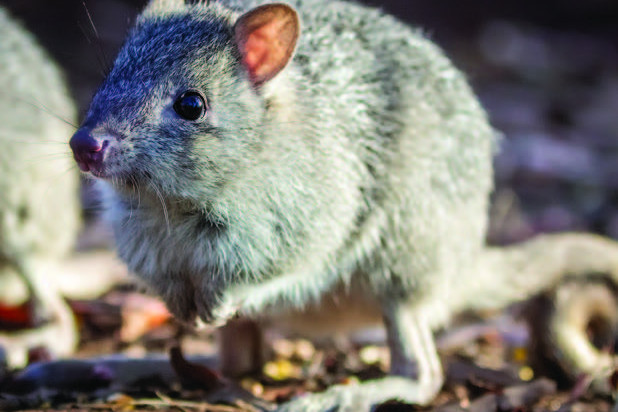Community & Business
1 December, 2021
Endangered northern bettong threatened by road strikes
AT least seven northern bettongs have been killed on far northern roads in the last two months, placing additional pressure on an already stressed population.

The road strikes have occurred on the Kennedy Highway between Clohesy River and Davies Creek, and on the Danbulla Road near Tinaroo Falls Dam.
The endangered macropod is under threat from habitat degradation, which is why Terrain NRM’s Dr Andrew Dennis says the latest news is so concerning.
“Given the small population size and restricted distribution, every individual counts. Almost one per cent of the remaining core population has been killed by vehicles this year, and there are likely to be additional road kills not observed, so this percentage could be even higher,” he said.
The Northern Bettong Recovery Team is currently in consultation with the Department of Main Roads and Transport about the road kills and mitigation.
Dr Sandra Abell chairs the Northern Bettong Recovery Team and is urging drivers to exercise caution.
“We know that night driving is unavoidable for many people, but if it’s safe to do so, please slow down if you see an animal crossing the road. We cannot afford to lose more bettongs,” Dr Abell said.
Two out of four northern bettong populations have disappeared in the last 25 years, and the species is now restricted to two locations: Mt Spurgeon in the Carbine Tablelands, and between Koah and Tinaroo in the Lamb Range.
Estimates put the total population at around 1000 individuals.
Aside from the road kills, Dr Dennis says the Lamb Range population is generally doing well.
“Most habitat is in protected areas, and lots of groups have worked hard over the last 20 years to remove threats like feral animals and weeds,” he said.
There are tracts of habitat occurring on private land outside of the protected area in the Lamb Range. A two-year project, being delivered by Terrain NRM, is focused on working with landholders to improve habitat outside national park land. This project is funded through the Australian Government’s National Landcare Program.
“It’s heartening to engage with landholders in the area who have forested blocks, or who are interested in conservation, about how to improve habitat for northern bettongs,” Dr Dennis said.
Developing fire management partnerships with traditional owners and implementing burn regimes that could help manage invasive weeds and support truffle growth would give northern bettongs a fighting chance.
Species recovery relies on the Lamb Range population because the only other northern bettong population, at Mount Sturgeon, is estimated at 40 to 60 individuals and has probably been pushed into an inbreeding depression.
The lack of genetic variation means a reduced fertility rate and reduced survival of offspring. Without intervention it will eventually lead to the loss of that population.


